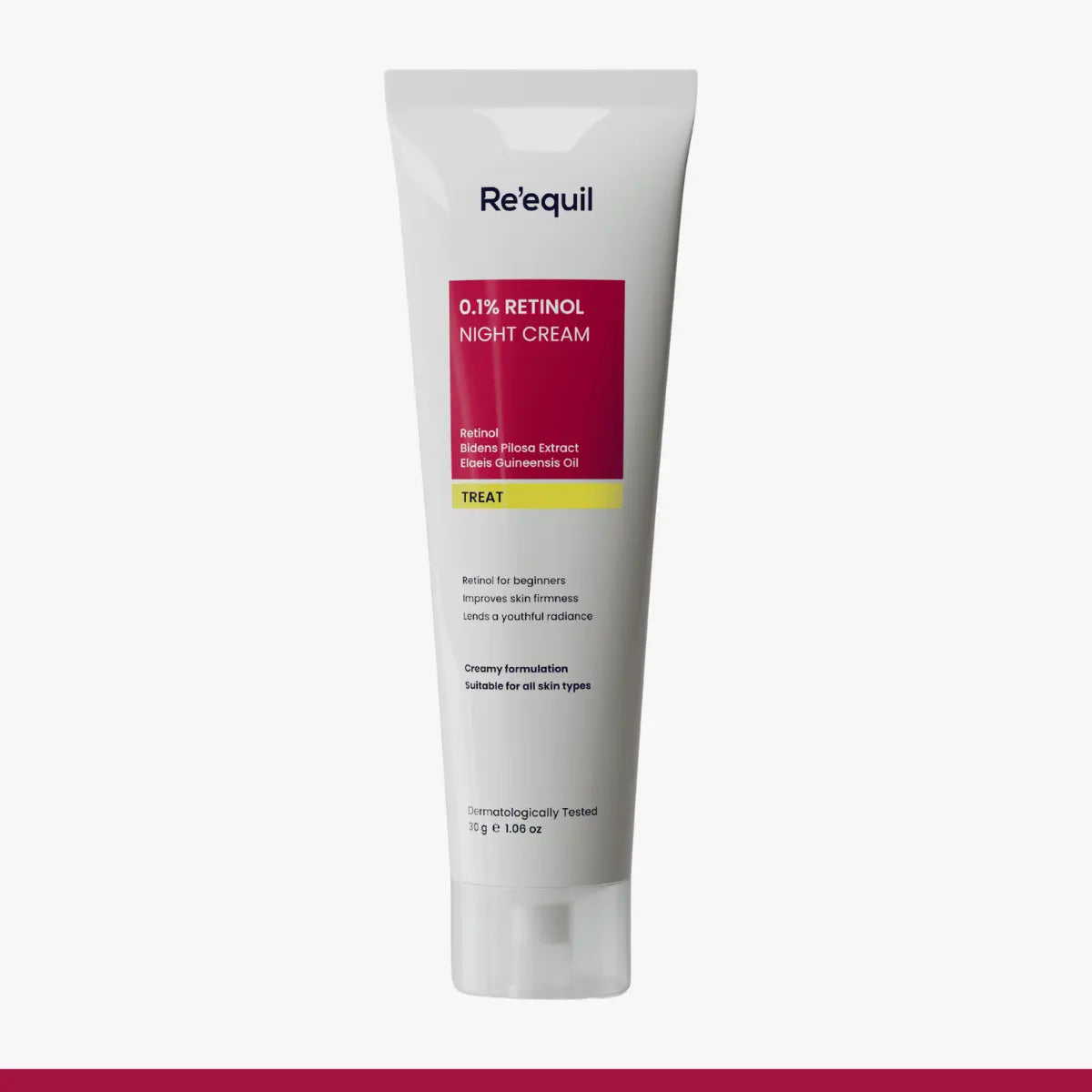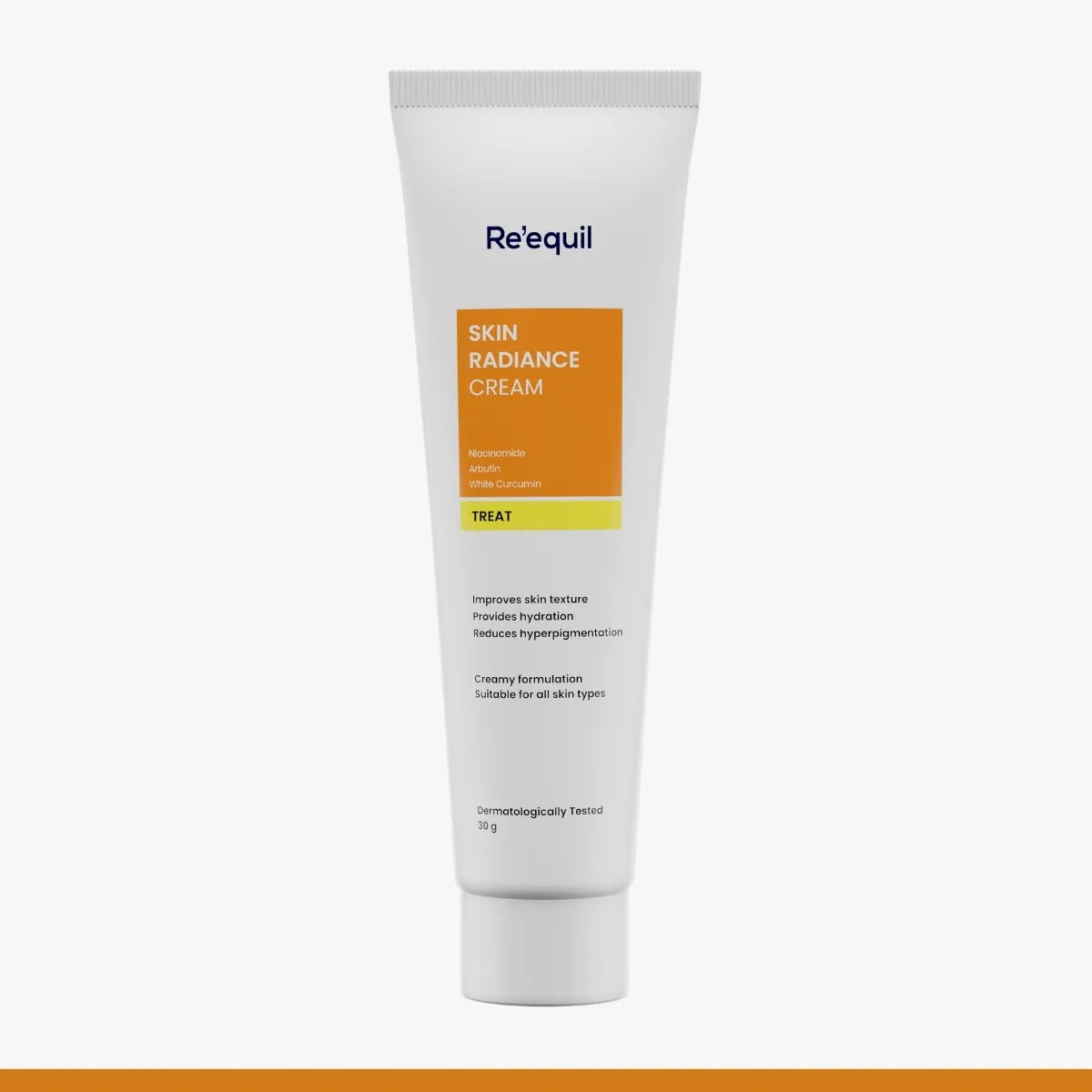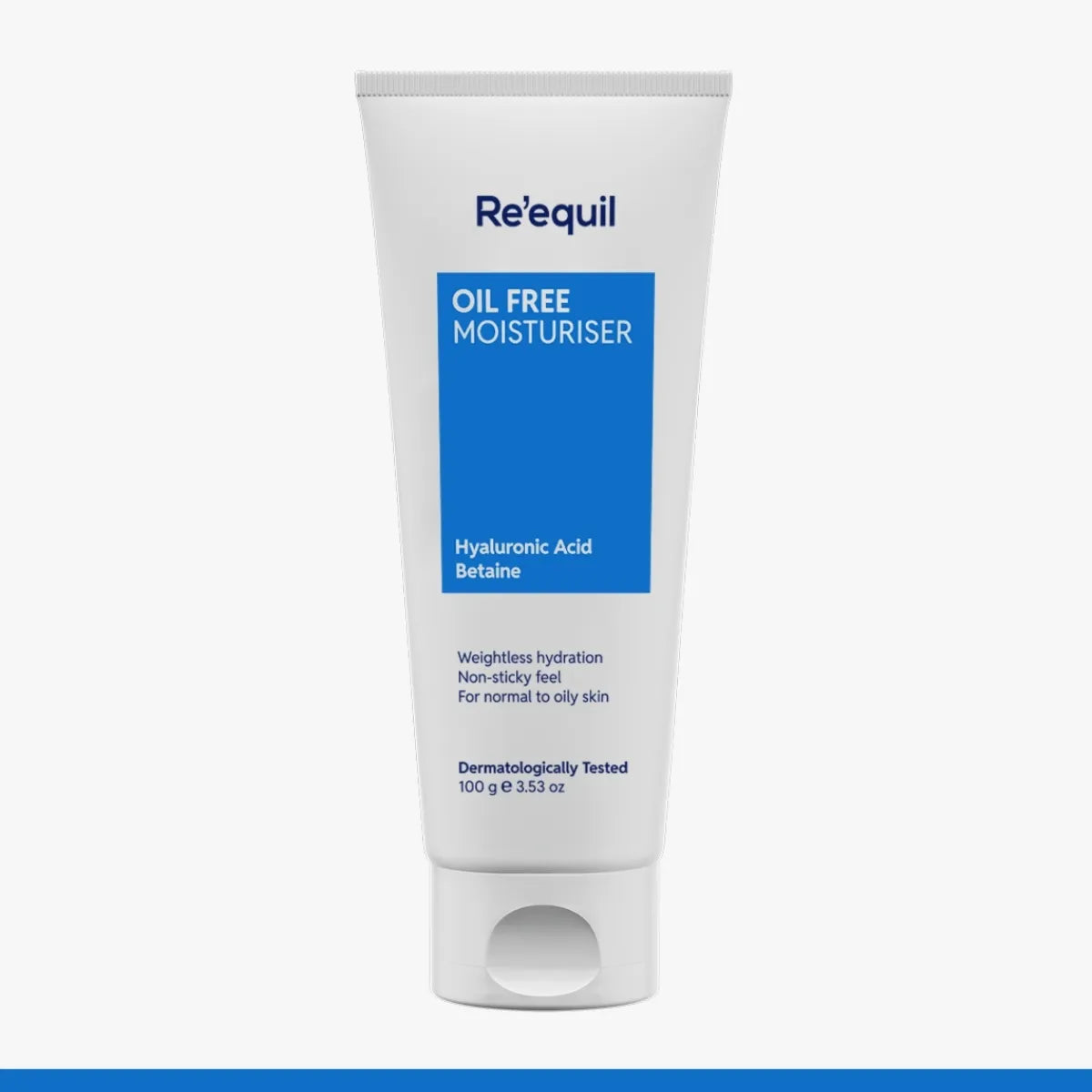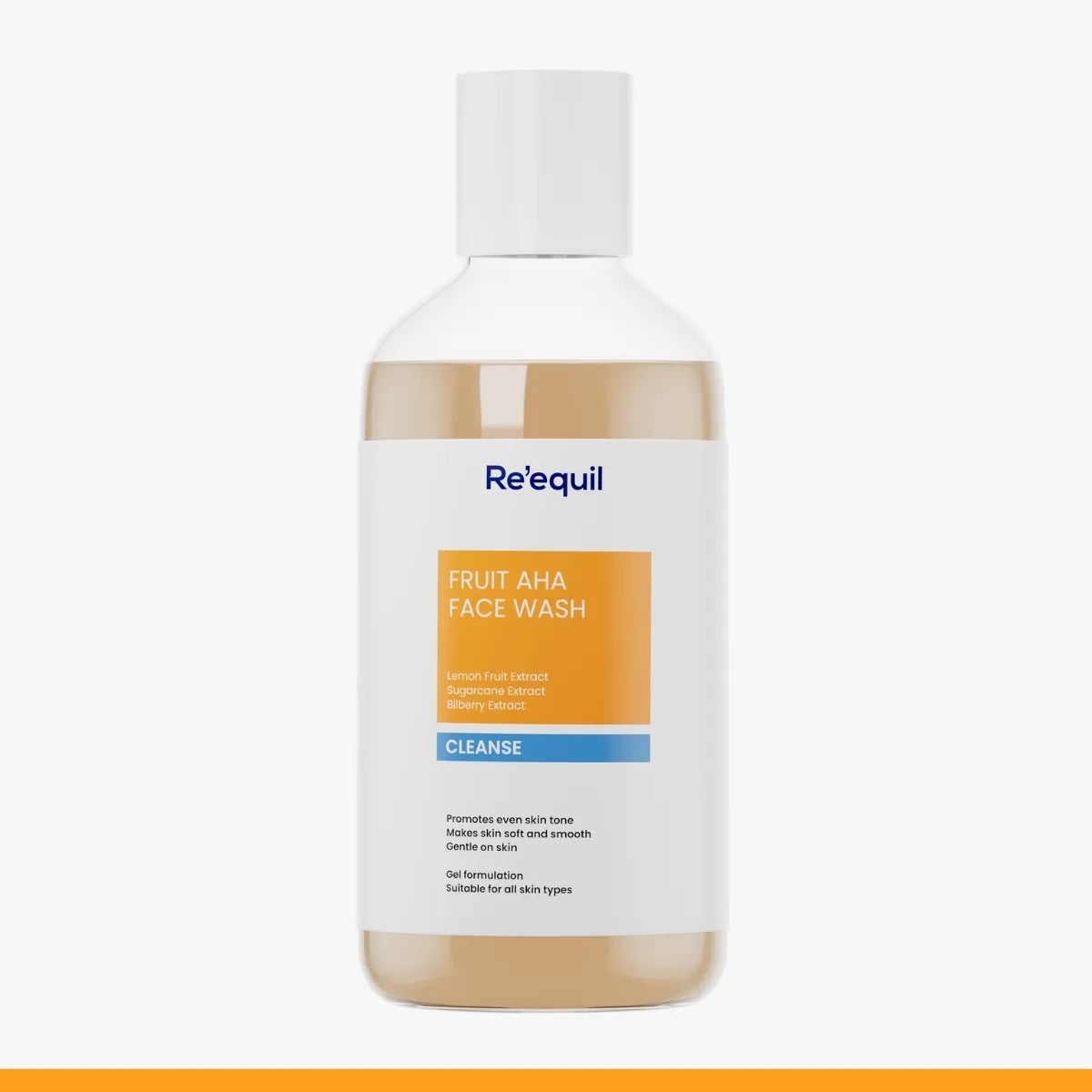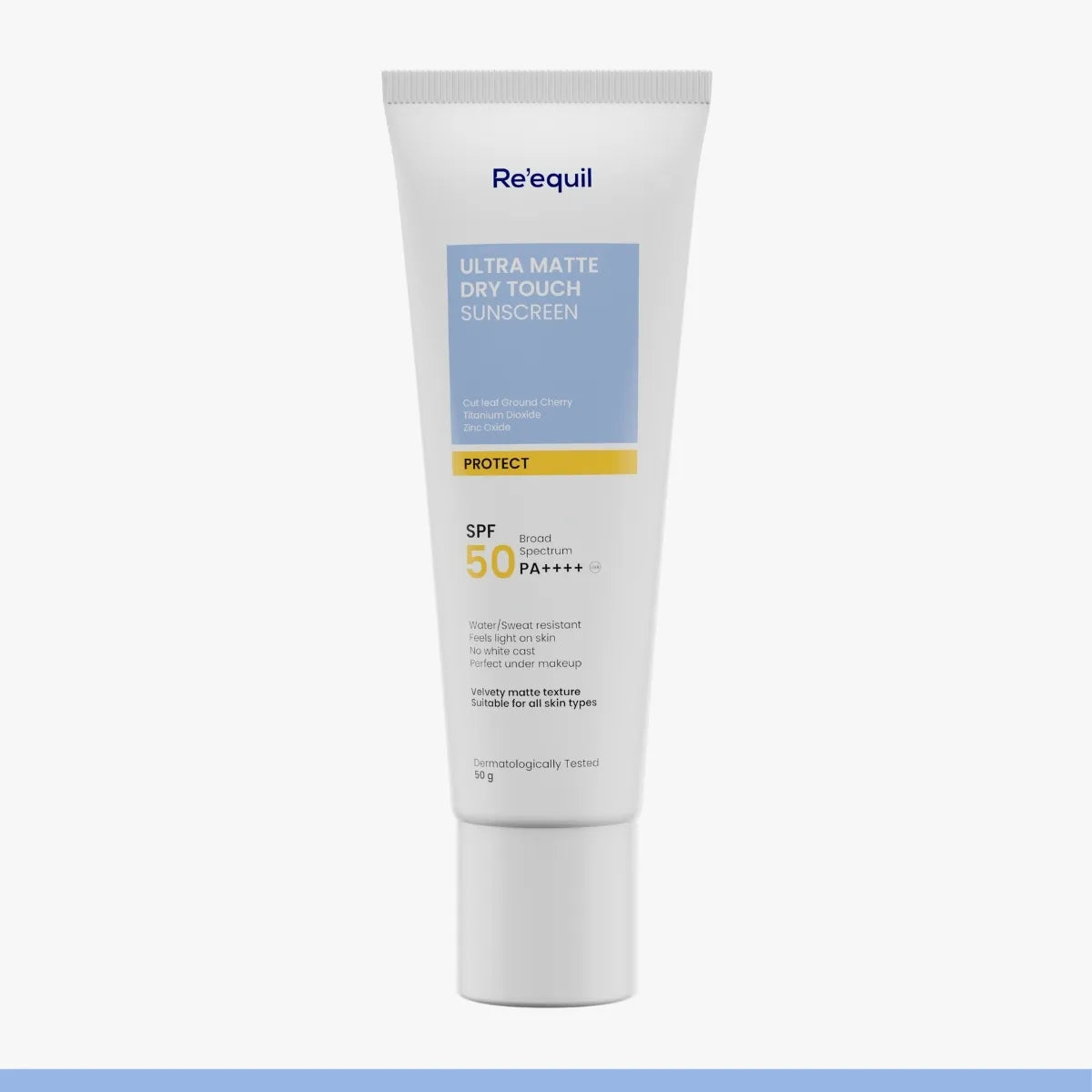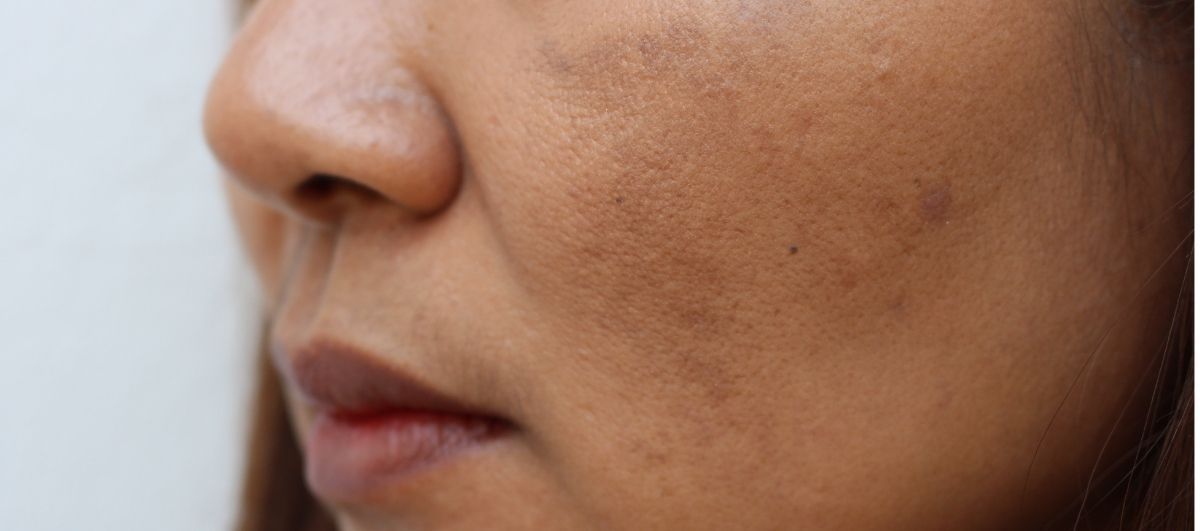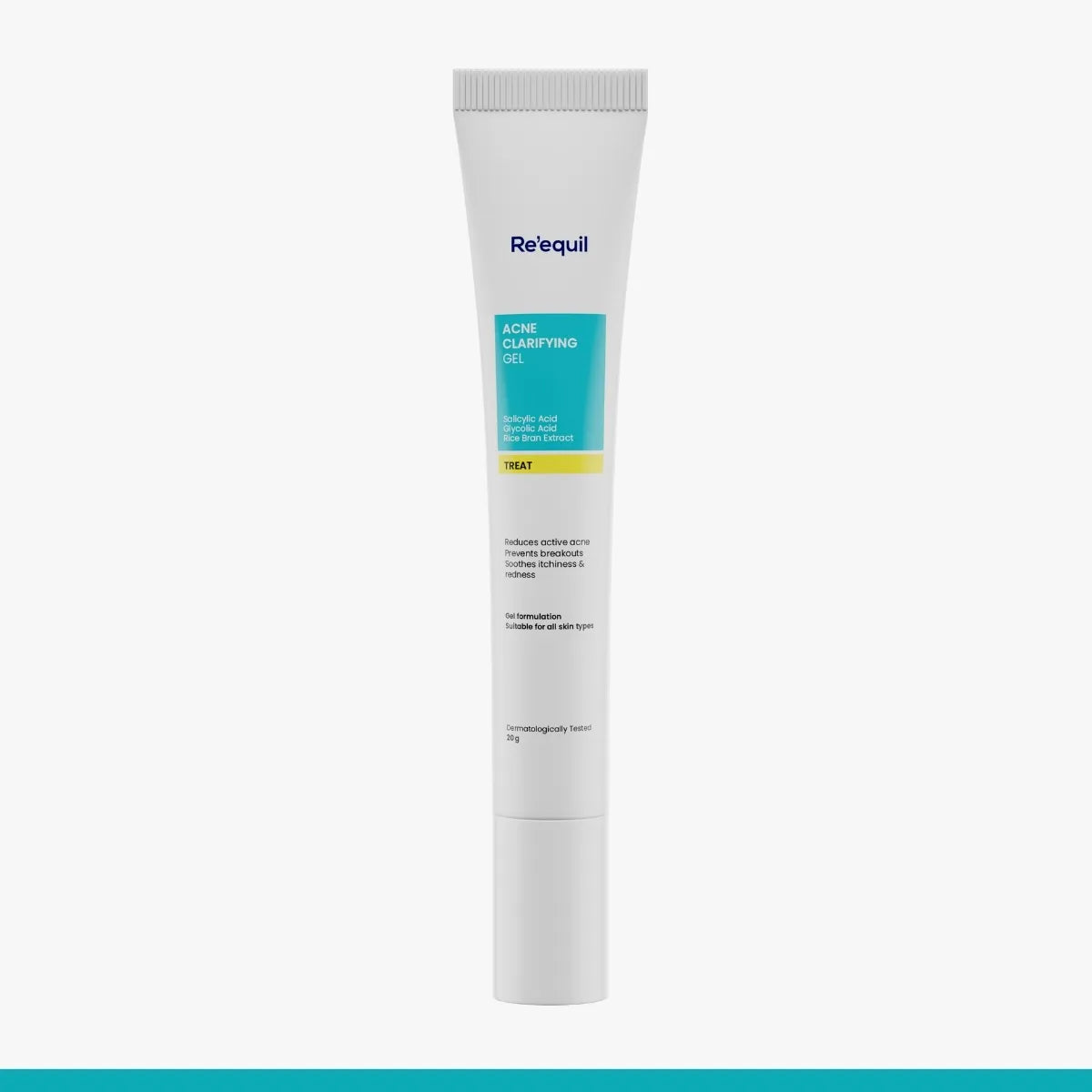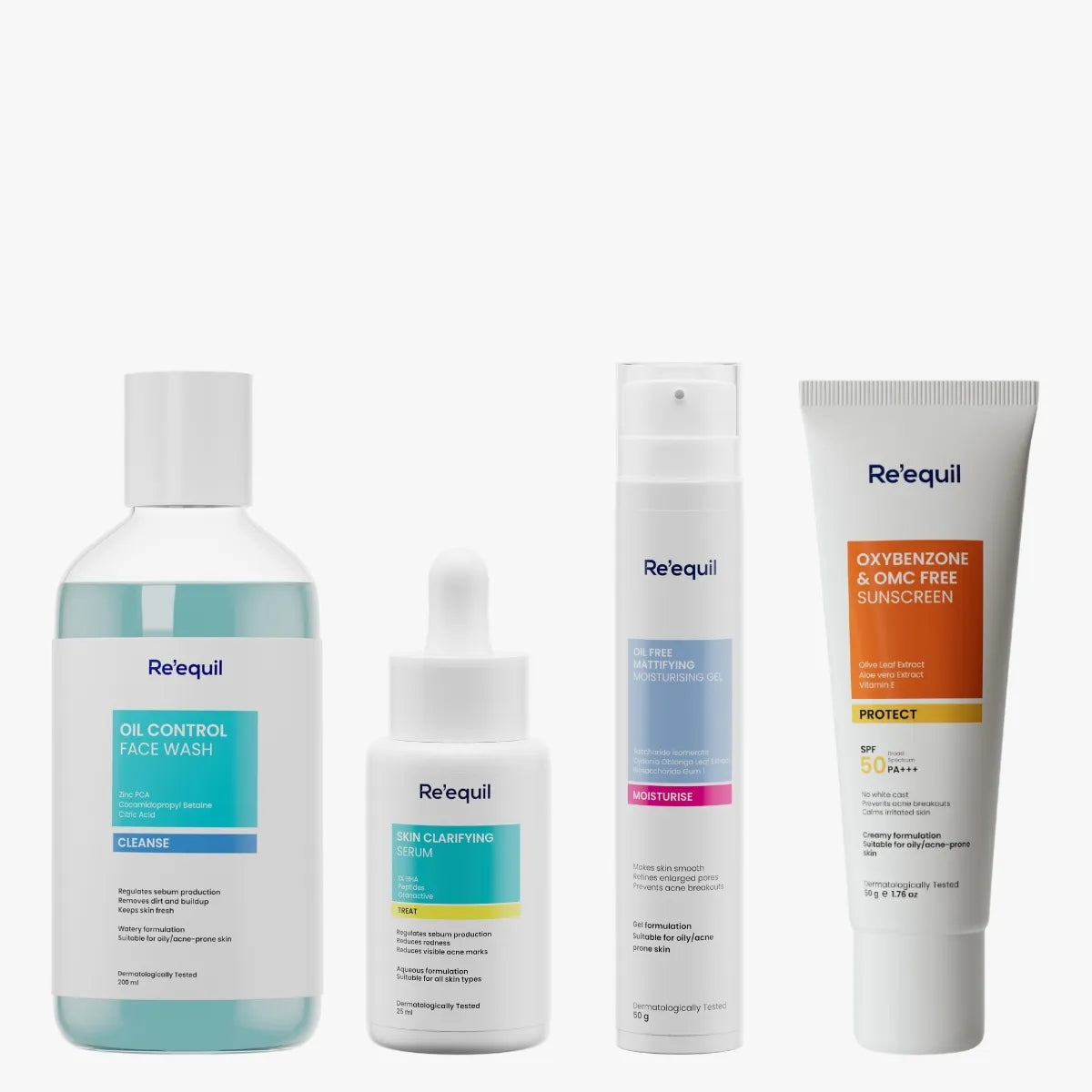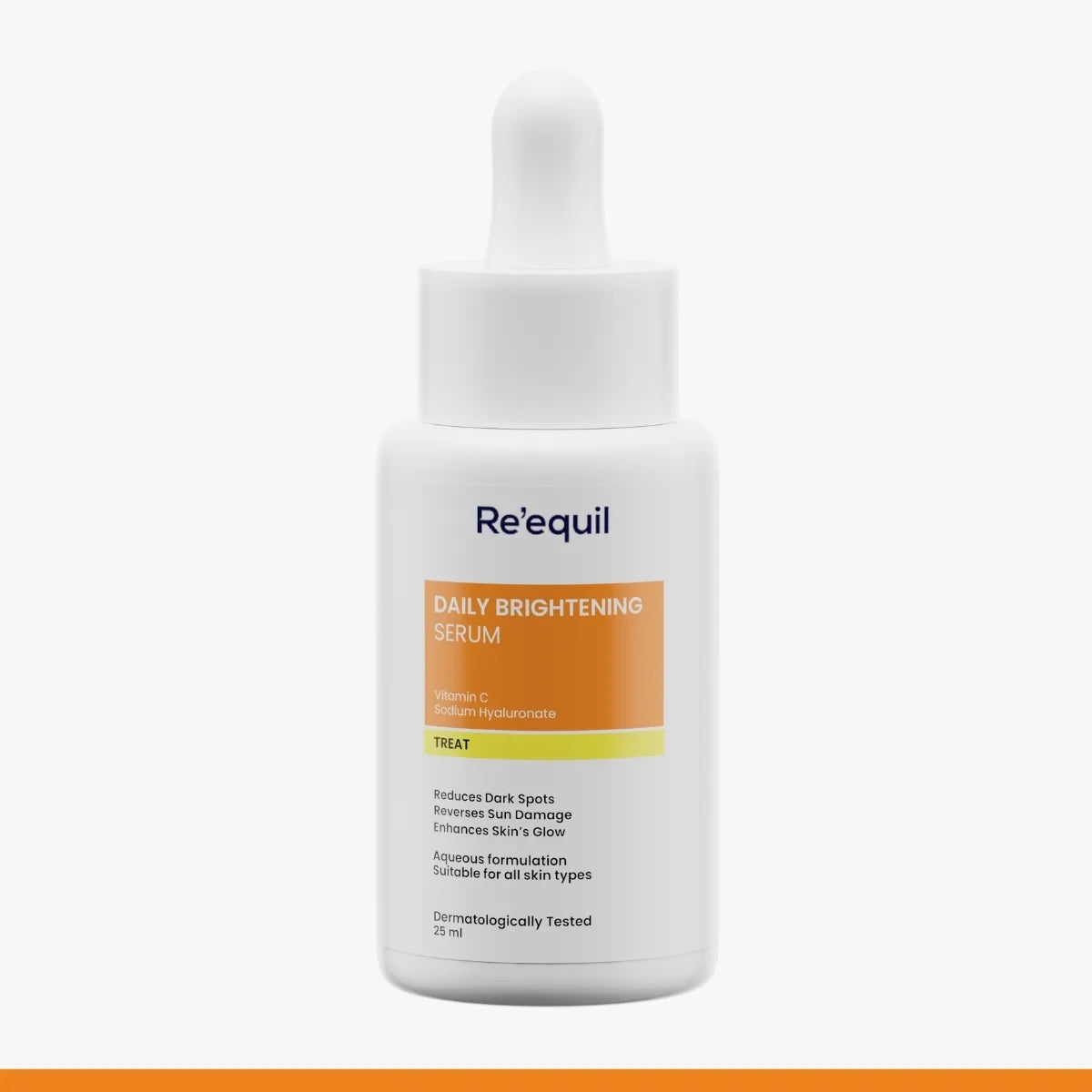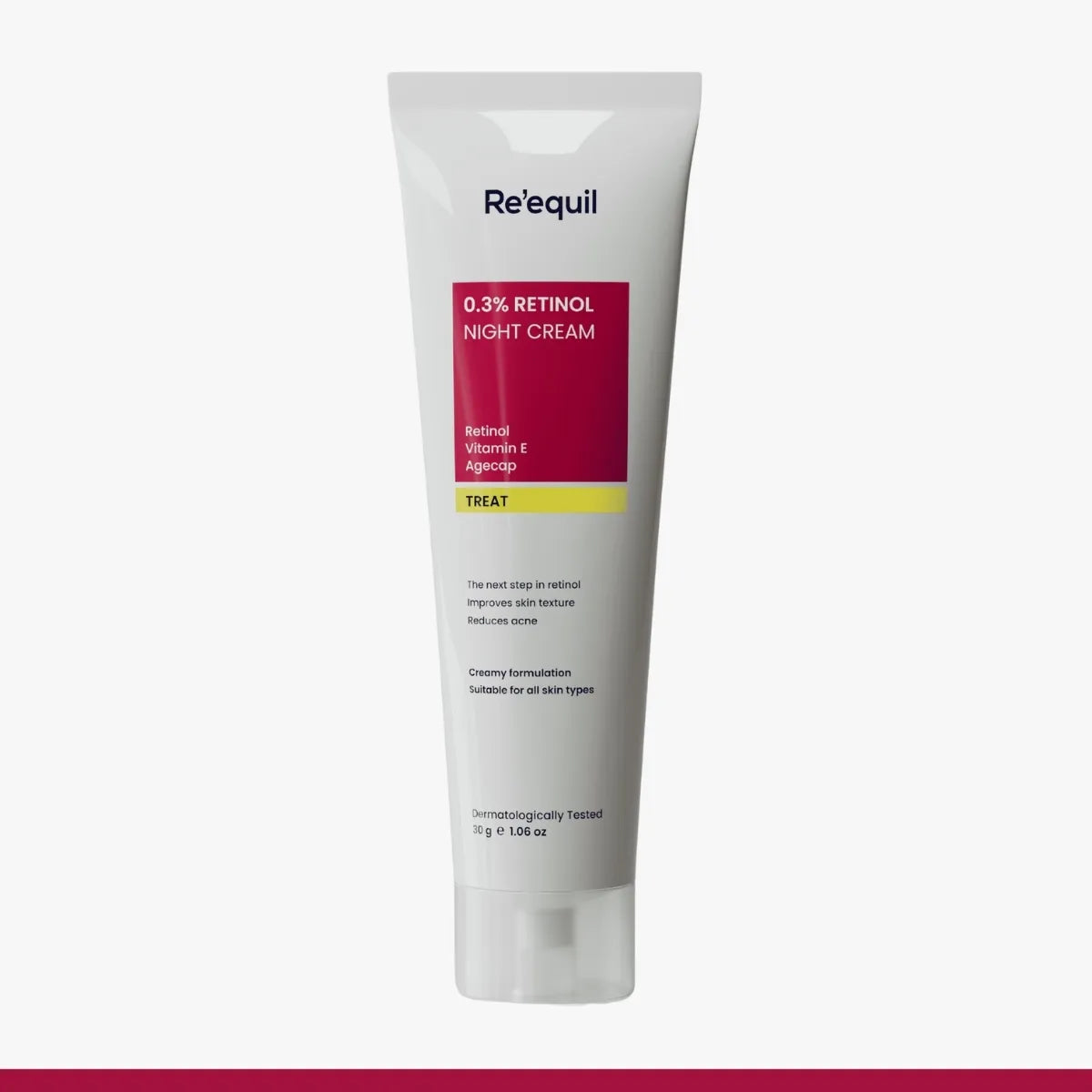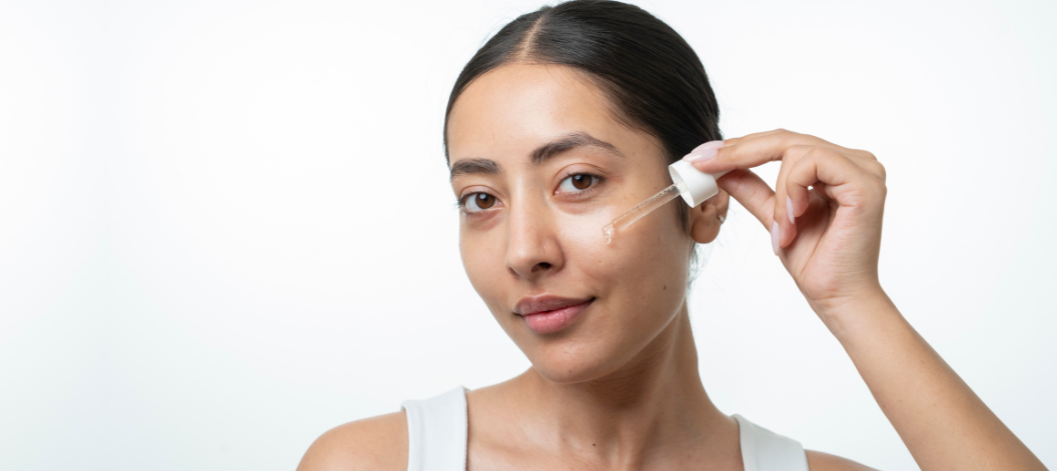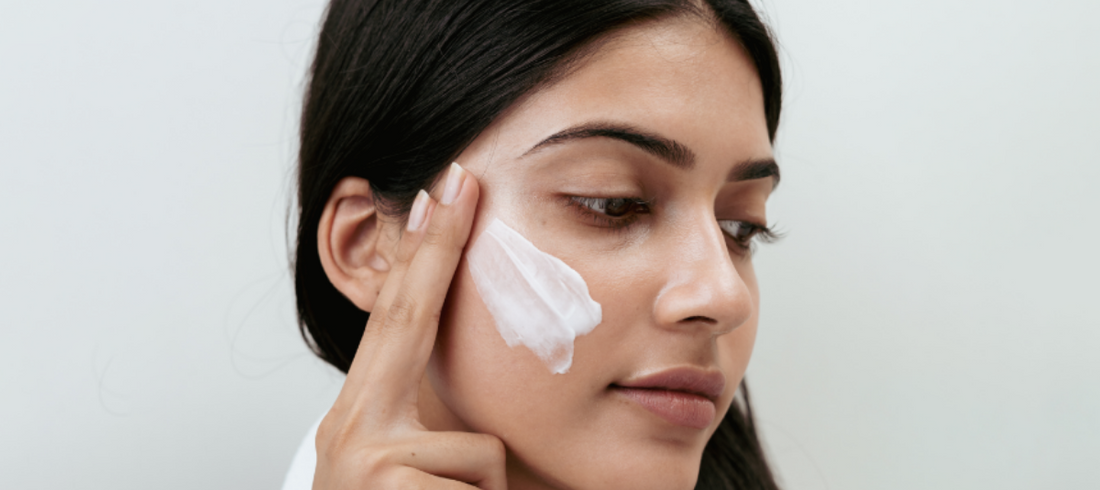Did you know your skin regenerates every 27 days?
But where do the dead skin cells go? Most likely, they linger on your skin, leading to issues like acne, excess oil, scars, pigmentation, wrinkles, and fine lines.
Keeping your skin fresh and healthy is simple—don’t let those dead cells cause trouble. Exfoliate to clear them away and reveal glowing skin.
Enzyme peels and chemical peels are two popular exfoliation methods in skincare. Both offer noticeable results.
Not sure which is right for you? Here’s everything you need to know.
What is a chemical peel?
Chemical peels involve the application of a chemical/acid solution to your skin, causing the upper two layers of the skin to exfoliate.
They usually differ in the strength and effectiveness depending on the concentration or potency of the active ingredients.
They are used to improve the texture and appearance of skin and are applied to the hands, face, and neck.
Over time, the skin layers peel away to reveal more youthful and clear skin. Typically, the new skin is smoother and more even in colour, with fewer lines and wrinkles.
Commonly found acids found in chemical peels are -
1. Glycolic Acid (AHA)
This sugar-cane-derived alpha hydroxy acid is widely used in skincare products.
It works by speeding up cell turnover and treats acne, acne scars, melasma, hyperpigmentation, and signs of ageing.
2. Salicylic Acid (BHA)
Salicylic acid is an organic compound that helps treat acne and reduces pores.
As an oil-soluble ingredient, it deeply cleanses the pores. Thus, it is best suitable for oily and acne-prone skin types (as compared to other chemical peels).
3. Lactic Acid
Lactic acid chemical peeling is most effective for sensitive skin - or rosacea skin conditions.
It helps with skin irritation, hyperpigmentation, age spots, uneven complexion, and so on.
Pros
- Prevents future breakouts.
- Reduces enlarged pores and balances the texture of the skin.
- Reduces skin discolouration.
- Prevents scarring and smoothens the skin.
Cons
- Chemical peels which use a higher concentration of acids like AHA may damage skin barrier. The signs of damage may include dryness, sensitivity, dullness, redness and breakouts.
- Not suitable for daily use.
- The stinging sensation immediately after the procedure.
What is an enzyme peel (micro peeling)?
An enzyme peel is made from fruit enzymes (papaya, pumpkin, aloe vera, pineapple, green apple, and others) that gently slough off dead skin layers - and promotes healthy skin.
Enzyme peel offers the same results as that of chemical peeling, except the downtime. Since there is no downtime, it can be added to your daily skincare routine.
Enzyme peeling rejuvenates the new skin tissue, reducing the appearance of large pores and wrinkles.
However, enzymes in skin care are mostly used for skin conditioning - and viscosity for the skin layers. It is a good option for sensitive skin types.
Ingredients you should look for with enzymes in skincare:
Actizyme®
Extracted from fungi Mucor miehei, Actizyme is an avant-garde medical protease. It helps unblock clogged pores and detoxify the uppermost layers of the skin.
The most important part is that it does not damage barriers while boosting cell renewal.
Paeonia the Suffruticosa
Paeonia the Suffruticosa has numerous antioxidative effects. Any product with suffruticosa, helps with skin ageing, promoting healthier skin.
Chondrus crispus extract
Chondrus crispus is an excellent chemical ingredient extracted from carrageenan. It helps the skin produce collagen fibre, which enhances skin elasticity - and makes it healthy and smooth.
Pros
- Gentler on the skin (sensitive skin or skin that is easily irritated), and does not disrupt barrier functions.
- You can make it a part of your daily skin care routine.
- Cleanses the clogged pores.
- Prevents dryness of the skin.
- Reduces the occurrence of wrinkles and scars.
- Removes all signs of ageing.
- Fades sun damage and dry skin problems.
Cons
- It takes a long time to show results.
Takeaway
Peels are an effective way to achieve clean, smooth, and healthy skin, making them a great addition to your skincare routine. However, it’s essential to choose the right peel for your skin type.
Remember, exfoliation is beneficial but should not be done daily. Overdoing it can damage your skin barrier, stripping away natural oils and moisture, leaving your skin dry and flaky.
Stick to exfoliating twice a week for the best results!
